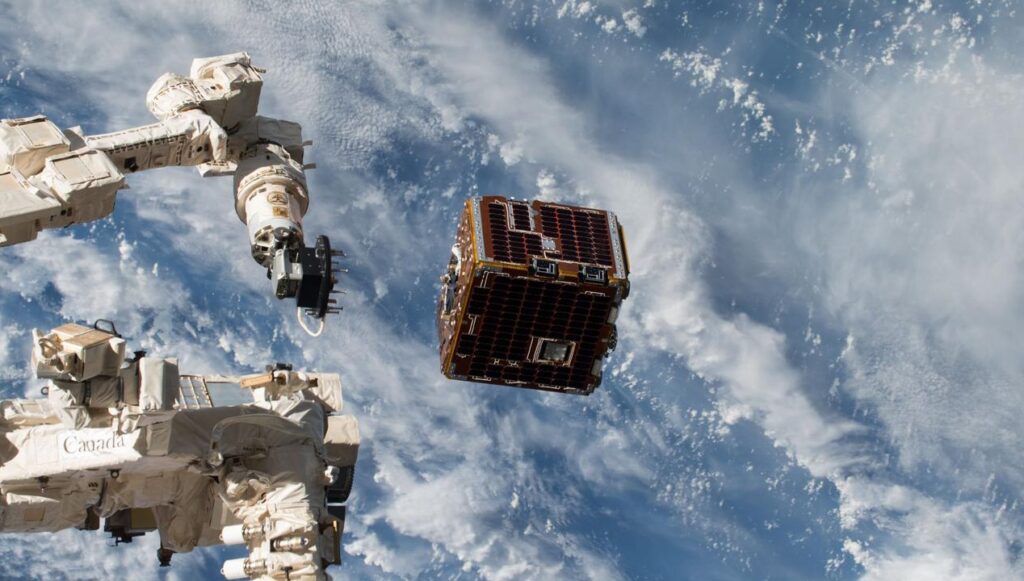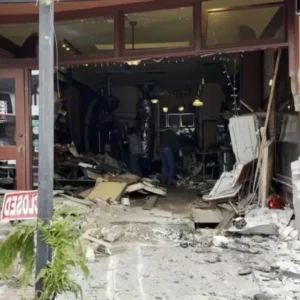As the number of rockets and satellites launched into orbit continues to rise, so does an unexpected risk—falling space debris threatening aircraft. A new study published in Scientific Reports warns that the probability of space junk striking an airplane is increasing, even if the current risk remains low.
The study highlights that both the aviation industry and space flight industry are growing at unprecedented rates, leading to a higher likelihood of falling rocket bodies disrupting air traffic.
Where Does Space Debris Come From?
According to Aaron Boley, associate professor of physics and astronomy at the University of British Columbia and co-director of the Outer Space Institute, space junk is the result of decades of human space exploration.
“Everything launched into space—satellites, exploration equipment, and rocket bodies—can leave behind debris,” Boley told media.
How Much Space Junk Is Out There?
The numbers are staggering:
- 50,000+ pieces of debris the size of a softball or larger are currently orbiting Earth.
- When including smaller objects (1 cm to 0.5 mm in size), the count reaches into the millions.
These objects naturally decay and, in many cases, fall back to Earth uncontrollably, Boley explained.
“When they re-enter, they break apart, but they do not completely disintegrate in the atmosphere,” he said.
Related: New Orleans Ramps Up Security for Super Bowl
Why Rocket Bodies Pose the Biggest Risk
The study focused specifically on rocket bodies, which are massive, heat-resistant, and more likely to survive re-entry. These large objects can pose casualty risks to people on the ground, at sea, or in the air.
When these objects burn up upon re-entry, they melt and vaporize, turning into fine particulates that can still reach the Earth’s surface.

Which Areas Are Most at Risk?
Using 2023 air traffic data, researchers mapped out regions with the highest risk of space debris disruption.
Key findings from the study include:
- Areas with high-density air traffic—including Vancouver, Seattle, and the Eastern Seaboard—face a 25% chance annually of being affected by falling debris.
- These regions are more likely to experience disruptions due to uncontrolled rocket body re-entries.
What Happens Next?
As space activity continues to expand, governments and aviation authorities will need to decide how to handle these risks.
Officials may use this new data to determine whether closing airspace is necessary during predicted debris re-entries.
However, according to Boley, the ultimate decision comes down to risk assessment.
“Someone has to decide whether they’re going to roll the dice and say this is such a low probability that we don’t need to take action,” he said.
With more rockets launching every year, the debate over how to handle falling space debris is only just beginning.






